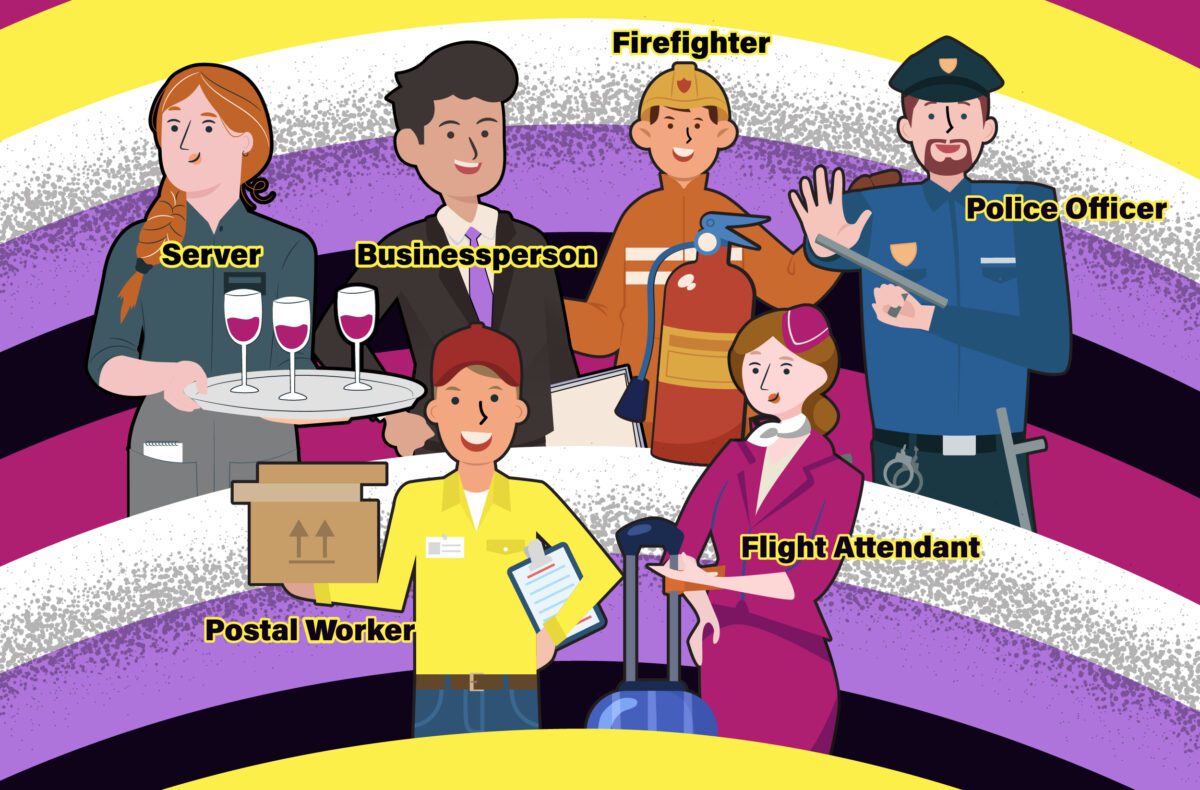
William Shakespeare added over 1,700 words to his native tongue and is revered as one of the “fathers of English.” Yet most English speakers today no longer use all the words he created in everyday vernacular, such as “thine” or “thou,” because the language develops and grows over time and over regions.
Annually around the dawn of the New Year, several outlets—Merriam-Webster Dictionary among them—announce the keyword or words in English for the previous year. For 2022, Babbel, which gathers words from around the globe, came up with “woman,” “goblin mode” and more. “Permacrisis” made Collins Dictionary’s top choice for English.
The English language has always been in evolution. It has evolved from what is now called Old English to Modern English which has roots in the 1450s. From the 16th to 18th centuries, the language made immense developments as it left the mainland, scattering all over the world like dandelion seed heads that took root on every continent, developing different varieties. It is estimated that of English’s 1.5 billion speakers, only 400 million are native speakers, proving that the language is now spoken more by non-native speakers than native. This is the beauty of living languages; everyone gets to contribute to them.
Yet so many speakers are resistant to the continued changes of the English language. Many grammar lovers (myself included) refuse to end a sentence with a preposition, even if this rule is beginning to fade away.
One vital shift we’re seeing in living language is a radical rethinking of gender. Gender inclusivity in language requires broadening perspectives regarding the metaphorical table of participants, therefore broadening the language in use. Many people no longer use the word “man” to refer to all humans, because it is not broad enough. For example, police officers used to be called policemen and firefighters were firemen, but those terms didn’t include women and nonbinary officers or fighters.
Popular culture changes language. However, the recent promotion of languages to be more gender inclusive is often met with exasperation. For example, in December, Twitter and Tesla CEO Elon Musk mocked the practice of naming one’s gender pronouns. When the US Marines corps suggested that recruits use more gender-inclusive terms to address seniors rather than “sir” or “ma’am” in an effort to avoid misgendering, there was backlash. In a recent poll by the New York Times, 90% of respondents expressed distaste for the gender-inclusive term “chestfeeding” as an alternative to “breastfeeding.” Similarly, in an effort to remove the gender binary the word “Latinx” has been created as an alternative to “Latino” or “Latina,” but the same poll found not everyone is willing to make that change.
On the other hand, those who fail to incorporate more inclusive language are starting to face more criticism. Earlier this year, NPR was criticized for using the phrase “people who menstruate” rather than use the term “women.” Cisgender women are not the only people who menstruate; some people who do not identify as women menstruate as well—and not all people identifying as women experience menstruation. So it is more accurate, more inclusive, and more affirming to our beautiful spectrum of gender identities to use the phrase “people who menstruate.”
While there are a number of pronouns used to better express people’s gender identity, not everyone intends to modify their way of thinking and speaking, as evidenced in the social media response to Dennis Baron’s 2020 book, What’s Your Pronoun? Beyond He & She.
It has become the norm to include gender pronouns in business email signatures, Zoom account names, and name tags in real life, which demonstrates rising levels of inclusion. In 2019, the American Psychological Association endorsed the support of the pronoun “they” as a gender-neutral pronoun. Lufthansa Airlines just agreed not to address their passengers as “Ladies and Gentlemen” anymore. Of course, there has been some resistance to these evolving practices.
Inclusive language is intercultural. It accounts for the variety of cultures that use English—not just cultures defined by national lines but the less rigid boundaries of culture that represent the 1.5 billion speakers of English.
Certainly, the English language and everyday speech could be more inclusive, as it accounts for those who have been left out of the conversation.
Additionally, it is essential for the well-being of fellow humans, especially youth, to learn to adapt and at least to learn the names and pronouns of those with whom they interact. Studies show that affirming a person’s chosen name and their appropriate gender pronouns builds trust and respect, and reduces the risk of suicide which is a substantial concern for those in the LGBTQ+ community.
As someone who loves learning and following grammar rules, coordinates international programs for students and faculty around the world, and also struggles to keep up with the changing world, I acknowledge resistance to adapting to the linguistic changes.
And as a scholar of gender studies and languages, I see the benefits and need to flow with the linguistic changes, not only to improve our languages but to support the well-being of all speakers and humans. It is critical to know that, as times change, languages change as well.
